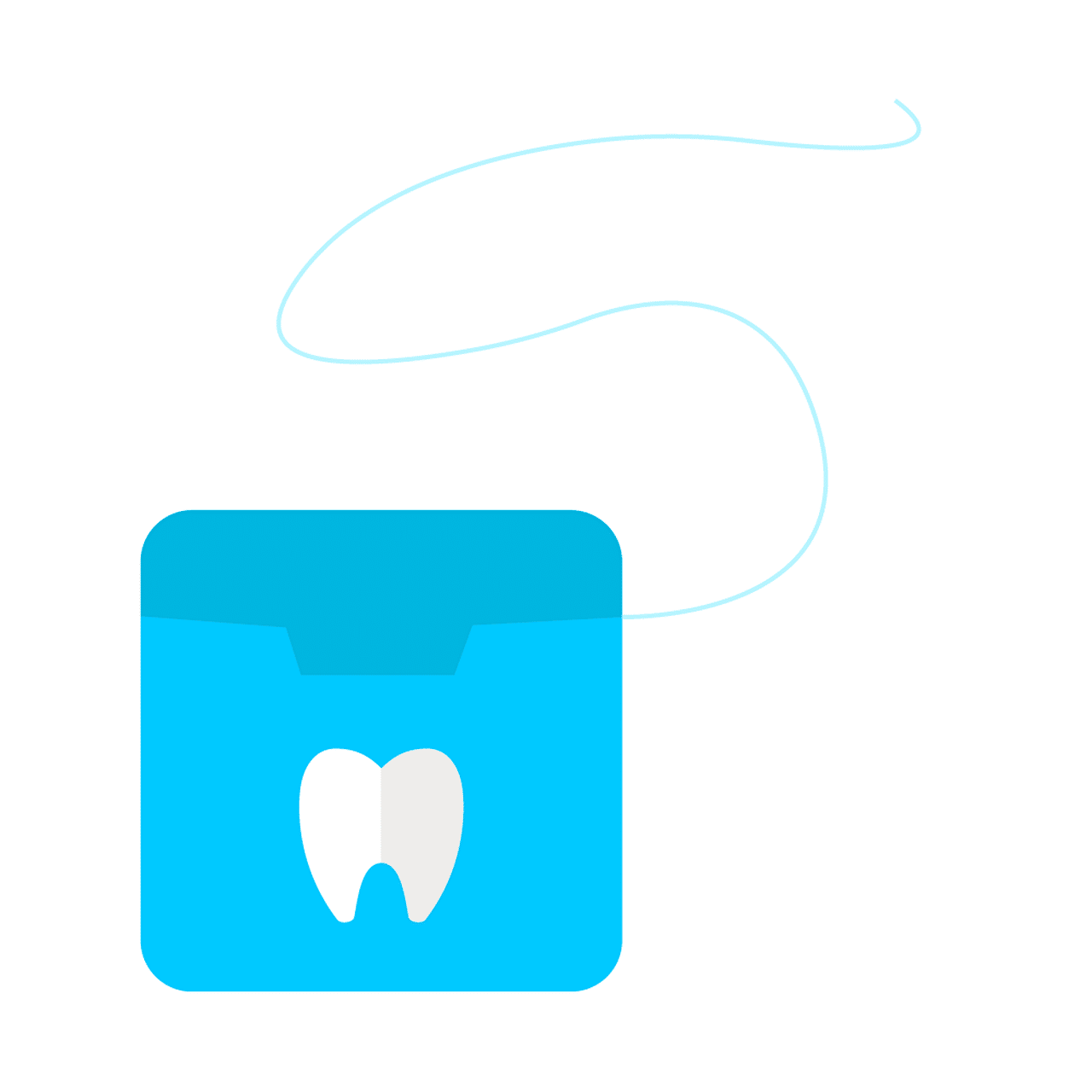
26 Aug Why Do I Need to Floss Every Day?
Flossing is a crucial piece of oral hygiene. In fact, it is just as important as brushing because it gets into hard-to-reach spots between the teeth that even the best toothbrush can’t get to. At Prescott Dentistry, we understand that flossing is often the hardest component of the daily oral hygiene routine. So today we’ll look at why you actually do need to floss every day.
Why do I need to floss?
There are many benefits of flossing—including the prevention of tooth decay and gingivitis and improved breath. People who don’t floss are more likely to have a buildup of plaque between the teeth, which leads to gum disease and cavities. There has been some debate in the news in recent years about the necessity of flossing, however, as dentists, we can always tell the difference between those who floss and those who don’t.
Why do I need to floss every day?
If plaque isn’t removed from between the teeth daily, it builds up and ultimately hardens into a sticky substance called tartar, or calculus. A buildup of tartar can lead to gum disease. The ADA recommends flossing at least once per day to remove plaque, bacteria and food debris, helping to prevent cavities and gum disease.
When is the best time to floss?
The most important thing about flossing is that you actually do it every day. As long as you do a thorough job, the time of day isn’t as important. Doing it at the same time every day can help you remember. Setting an alarm might help. Whenever you decide to do it, pick a time of day when you can dedicate an extra couple of minutes to your dental care. If you are tired at night, try doing it in the morning.
Is it possible to floss too much?
No, you can’t floss too much as long as you’re doing it correctly. In fact, you may need to floss more than once a day, especially after meals, to clean out food or debris that’s stuck between your teeth. Keep in mind that cleaning between your teeth should not be painful. If you apply too much pressure or move the floss back and forth too vigorously, you may damage your enamel and your gums. It’s normal to feel some discomfort at first, but with daily brushing and cleaning between your teeth, that discomfort should lessen after a week or two. If you continue to have pain or bleeding with flossing, let us know.
What kind of floss should I use?
There are a number of different kinds of flosses, although any of them will work. Here are some tips about the characteristics of different types of flosses:
- Wide floss—also known as dental tape, this option may be a better choice for people with bridgework. This is also better for people who have teeth that are spaced farther apart than most.
- Waxed floss—easier to slide between teeth that are close together.
- Unwaxed floss—thinner and easier to hold and results in using less floss.
- Water flosser—easier to hold and good for people with dental appliances; however, does not remove all plaque and should not be used as a replacement for dental floss.
If you are unsure of what kind of floss is best for you, ask us for recommendations at your next appointment.
Holistic Dentist in Prescott
Refer to this 2019 blog for our guide on proper flossing technique to make sure you’re doing it right! Daily flossing, along with good brushing and regular dental cleanings done by our staff here at Prescott Dentistry, will go a long way to helping your teeth and gums stay healthy, strong, and beautiful. Give us a call to schedule an appointment with our compassionate, dedicated team.
Image by Natalia Ovcharenko from Pixabay



